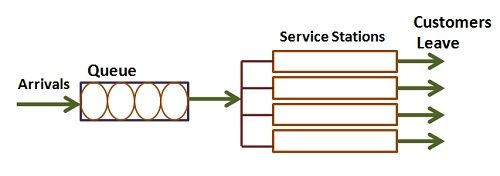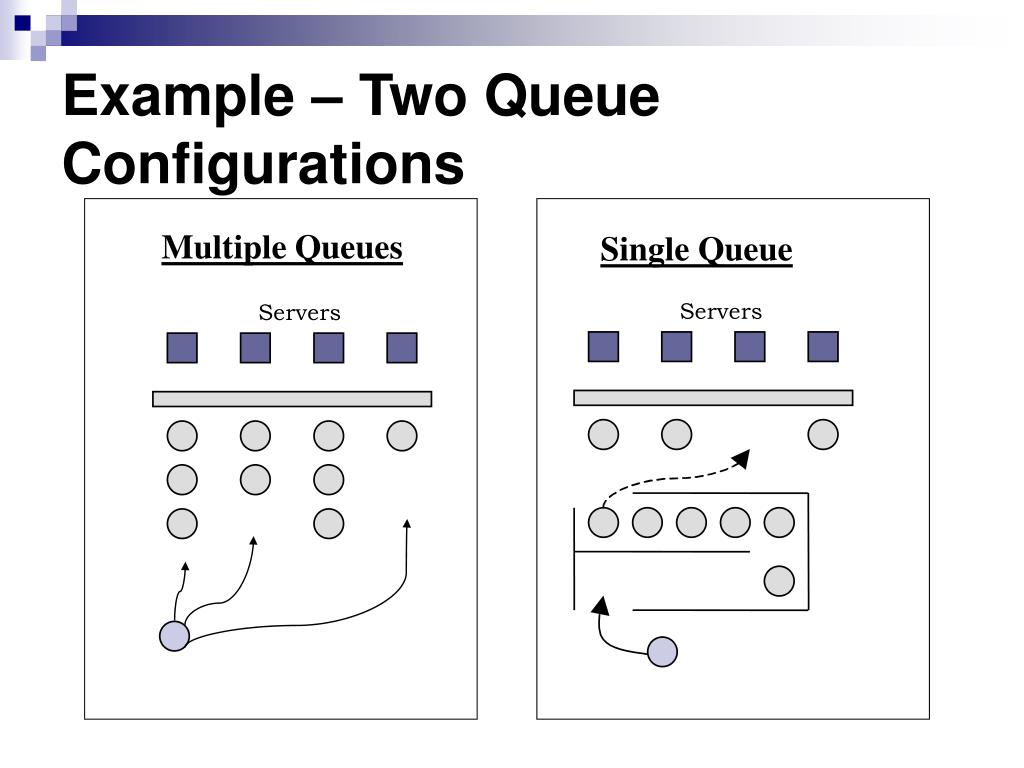Capacity Planning and Resource Allocation
1/34
There's no tags or description
Looks like no tags are added yet.
Name | Mastery | Learn | Test | Matching | Spaced |
|---|
No study sessions yet.
35 Terms
Capacity
the amount of outputs that a process can produce given the amount of inputs and resources in a given period of time
Can be viewed as: the maximum rate of output per unit of time OR units of resource availability
Economies of scale
As production volume increases with increases in capacity, the per unit cost to product a product decreases because fixed cost is spread over more units
Diseconomies of scale
When capacity and production volume grow too high, inefficiencies arise as managing the larger operation becomes more complex and costly
Learning curve
As volume increases there is greater learning because there are more opportunities to acquire new skills. However, the rate of learning diminishes over time as employees gain experience.
Capacity utilization
percentage of available time that equipment, space, or labor is used
Capacity flexibility
ability to provide a wide range of products and volumes with short lead times
Capacity cushion
percentage difference between average output and maximum output, reserved for unanticipated events such as demand surges, material shortages, equipment breakdowns, etc.
Outputs
units coming out of the process
Inputs
resources that are put into the process
Maximum capacity
the highest amounts of output when all conditions are ideal, e.g. no delays, no quality issues with parts, etc.
Effective capacity
the amount of output of a process under normal conditions
Utilization
how much of the available capacity is actually used
Demand smoothing
demand management either to increase or decrease demand in response to capacity constraints
Production smoothing
aims to reduce fluctuations in production to align with demand
What are some ways of managing capacity?
Add capacity during peak demand by using a seasonal workforce
Allow flexibility of the workforce to adjust to demand changes
Subcontracting some of the work to other firms
Leasing equipment to add or reduce capacity as needed
Influencing customer demand by varying the price of goods or services
Overbooking by accepting more reservations than available capacity
Why is service capacity more challenging to manage?
Time-dependent: cannot be inventoried, has to be available when needed
Location-dependent: involves the customer (patient), so should be near them
Subject to high demand volatility
Utilization is highly correlated with quality
Short-term capacity decisions
change labor capacity and schedules (eg overtime, extra shifts)
shift work for slack periods (eg paperwork at night or during slow times)
number of ER nurses during a festival weekend
Long-term capacity decisions
construction of a new facility
increasing number of beds in a hospital
closing a distribution facility
adding new machinery
Why do we have waiting lines?
High arrival rates at source points
Insufficient service capacity
Unpredictable or fluctuating arrival times
Queue configuration
Service complexity
Population of customers
What are the consequences of delays in healthcare?
Patient dissatisfaction
Increase in no-shows
Loss of revenue for providers due to no-show
Lower quality of care
Higher cost
Queuing systems
consists of the waiting lines and available number of servers
Components:
source of population
service system

Queue
number of flow units waiting to be processed
Queue configurations
One queue vs. multiple queues
One stage vs. multiple stages

How do you address the waiting line problem?
Understand key factors influencing customer satisfaction regarding waiting lines
Determine acceptable waiting time from customer’s perspective
Divert attention of the customer during the wait
Inform the customer of what to expect
Keep staff not serving customers out of sight
Train staff on customer service skills
Scheduling
the assignment of start and completion times to particular jobs, people, or equipment
Sequencing
refers to determining the order in which jobs or tasks are processed
Appointment
reservation of service time and capacity
What are some factors affecting scheduling?
Uncertainty in patient demand, staff availability, and availability of supplies needed
Not being able to hire adequate staff and staff members having different needs
Staff requirements vary
Need for flexible staffing
What are the major causes of delays and waits in making appointments?
Superficial examination of variations in capacity and demand
Provider centered systems misaligned with patient needs
Inefficient process design with disrupted flows
Shortage of clinical staff
Job scheduling
an approach to sequencing a series of jobs for processing in order to decrease tardiness, congestion, or some other criterion and improve overall efficiency
Patient appointment scheduling
decisions including determining the appointment time interval, length of each workday and time off duty, deciding how to handle overbooking for each day and developing customer satisfaction
Block scheduling
blocks of time are made available and multiple patients are scheduled within those timeframes
Modified block scheduling
A small number of patients are assigned to short time blocks
Individual scheduling
a single patient is scheduled at a particular time on a specific day according to providers availability
Open-access scheduling
patient appointment system that allows patients to block same day or near term appointments, rather than scheduling far in advance